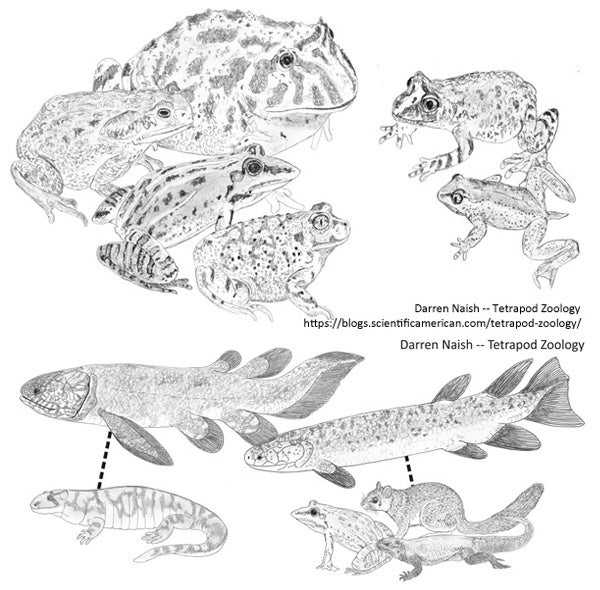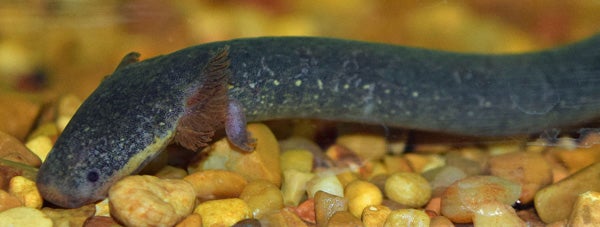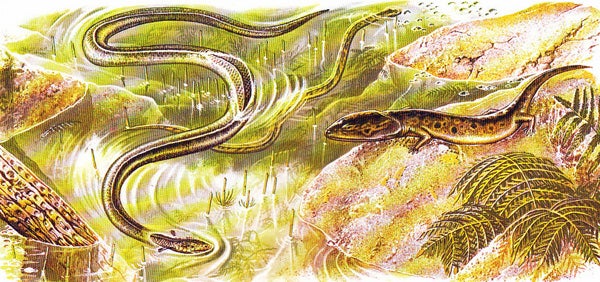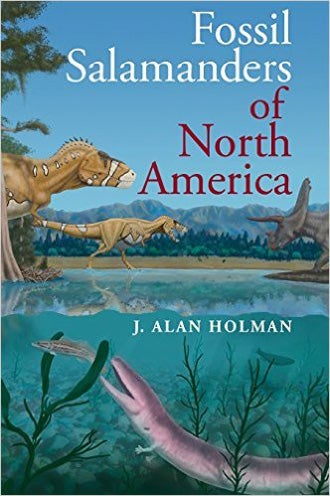This article was published in Scientific American’s former blog network and reflects the views of the author, not necessarily those of Scientific American
Time for another installment in this thrilling series. For Part I (on frogs) go here, for Part II (on salamanders) go here. Welcome to Part III…

Non-standard hypotheses discussed so far.... Credit: Darren Naish
Sirens are a very weird, long-bodied group of salamanders today restricted to North America but with a fossil record that perhaps involves other continents (that’s a story for another time). I’ve written about them at some length before: see this article on sirens from June 2016 for a primer on the group. Sirens are certainly weird, but they’re also certainly salamanders, as – once again – verified by numerous aspects of anatomy and genetics.
On supporting science journalism
If you're enjoying this article, consider supporting our award-winning journalism by subscribing. By purchasing a subscription you are helping to ensure the future of impactful stories about the discoveries and ideas shaping our world today.

Lesser siren (Siren intermedia) in life. Credit: Fredlyfish4 Wikimedia (CC BY-SA 4.0)
Indeed, sirens are so weird that much of the older literature lists them as representing some sort of unique salamander sub-group, termed either Trachystomata or Meantes. Back in the 1950s this was especially popular among researchers who did actually think that sirens might not be salamanders at all but, rather, direct descendants of a long-bodied, limbless group of fossil tetrapods called the aïstopods. That’s right: based on their analysis of fossil siren vertebrae from Florida, Coleman Goin and Walter Auffenberg actually speculated that sirens might be modern-day aïstopods (Goin & Auffenberg 1955). And Goin & Goin’s (1962) textbook An Introduction to Herpetology made fleeting reference to this hypothesis, noting that siren vertebrae resemble those of aïstopods.

Those two serpentine animals at left are meant to be the aïstopods Phlegethontia (the larger one) and Ophiderpeton, here depicted - probably inaccurately - as eel-like and aquatic (they were more likely burrowers in leaf-litter). The yellow stripes are an artefact of the way my scanner works. Those of you who know palaeoart will recognise this 1975 image (I think by Bernard Robinson) as similar in composition and content to some earlier images. We'll be looking at 'palaeoart memes' very soon, incidentally. Credit: Cox 1975
Aïstopods are otherwise known only from the fossil record of the Carboniferous and Permian and are thought long-extinct, so this proposed relationship would be a big deal to say the least. Not only would we have copious soft tissue and molecular data on an otherwise unsampled section of the tree of life, the existence of living aïstopods would of course help us work out exactly what these weird animals are, since there are competing ideas…

It's that book again (cover art by all-round credit to humanity Scott Hartman). Credit: J.A. Holman Amazon
Admittedly, this ‘living aïstopod’ idea has been scarcely discussed outside of those citations mentioned above. The late J. Alan Holman was good enough, however, to cover it in his Fossil Salamanders of North America (Holman 2006). What I especially like about his treatment is that he writes of the thrill that he and his fellow students felt at the time: “This generated much excitement among us graduate students at the University of Florida, and the possibility of having 330 million year old fossils swimming around in our local lakes made us ecstatic” (Holman 2006, p. 45). But, alas, it was not to be: siren anatomy and genetics shows that they are salamanders, weird though they may be.
More stuff on amphibian evolution soon. For previous Tet Zoo articles on ‘non-standard hypotheses’, see...
Refs - -
Cox, B. 1975. The Prehistoric World. Galley Press, London.
Goin, C. J. & Auffenberg, W. 1955. The fossil salamanders of the family Sirenidae. Bulletin of the Museum of Comparative Zoology, Harvard University 113, 497-514.
Goin, C. J. & Goin, O. B. 1962. Introduction to Herpetology. W. H. Freeman, San Francisco and London.